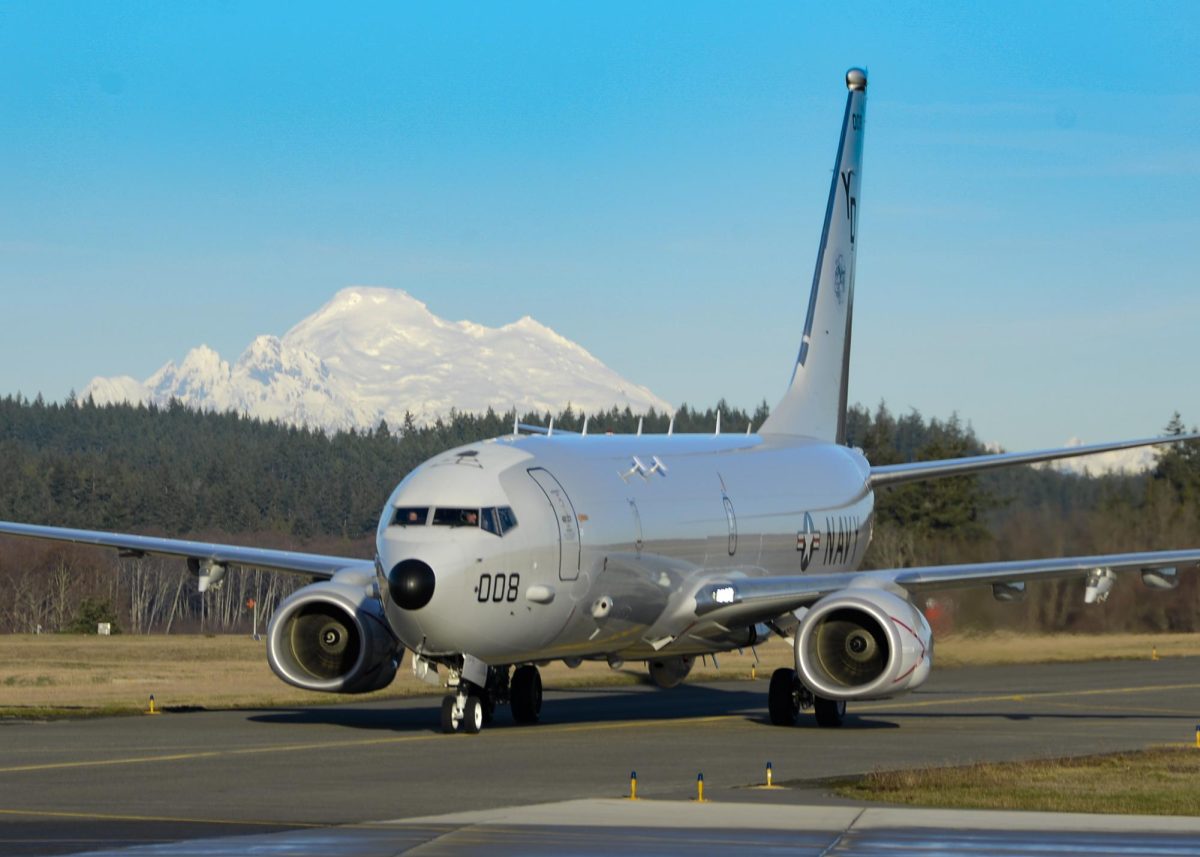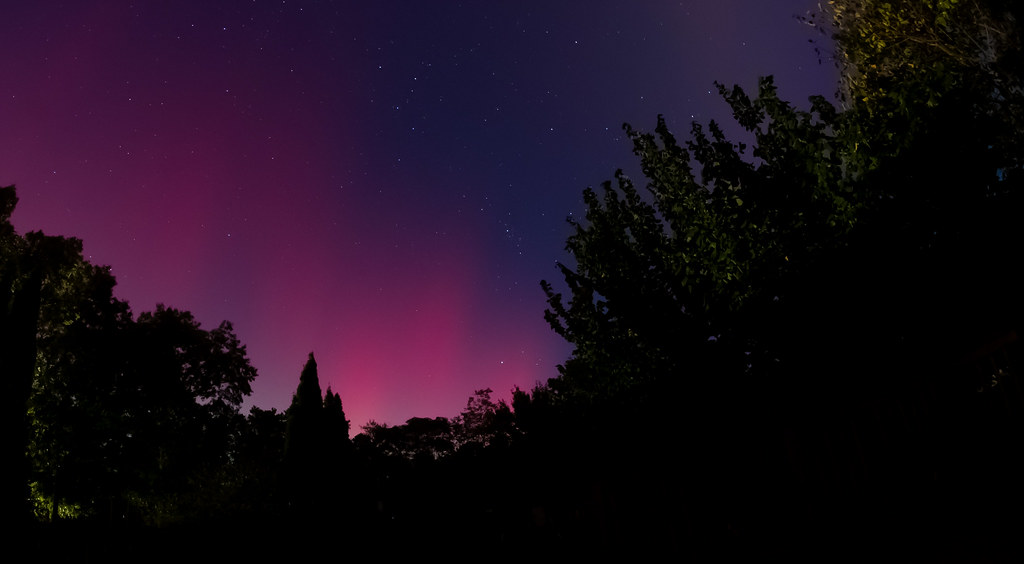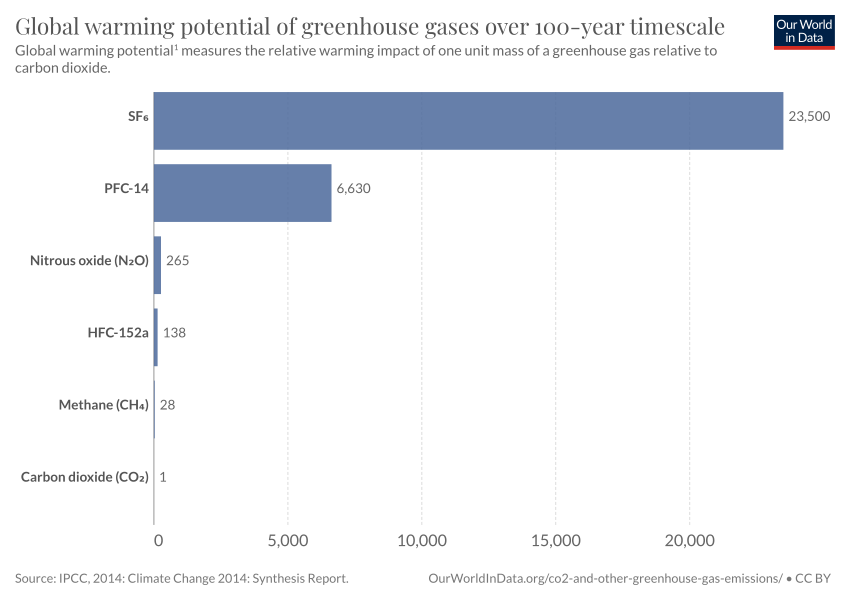On November 20th, a 130,000 pound and 130 foot long U.S. Navy patrol aircraft landed
in shallow water offshore of the Marine Corps Base Hawaii at Kaneohe Bay, a home to fish,
coral, and a breeding ground for hammerhead sharks. The nine people on board had no injuries,
but the plane landed on top of a fragile reef ecosystem. Video shows the plane is slightly
floating, but the left engine is on the coral. There didn’t seem to be major damage or big chunks
missing, but state environment officials plan to do a damage assessment, a procedure that
determines the extent of loss, suffering and harm.
in shallow water offshore of the Marine Corps Base Hawaii at Kaneohe Bay, a home to fish,
coral, and a breeding ground for hammerhead sharks. The nine people on board had no injuries,
but the plane landed on top of a fragile reef ecosystem. Video shows the plane is slightly
floating, but the left engine is on the coral. There didn’t seem to be major damage or big chunks
missing, but state environment officials plan to do a damage assessment, a procedure that
determines the extent of loss, suffering and harm.
It overshot a runway, and the nine people on board were saved by an inflatable life raft,
and were assigned to a squadron based in Whidbey Island, Washington. The Navy is trying to figure
out how the aircraft overshot a runway, and suspect it could be due to the bad weather on the
day it happened. The Navy has figured out two ways it could get the plane out; one is to float it,
position it in the range of a crane set up, which would lift it up, then set it down on landing gear.
The other way they thought of was to roll it up the runway with inflatable cylinders called roller
bags. So far, they have spent $200,000 of the estimated 1.5 million dollars it takes for them to do
this.
At an afternoon conference, Rear Admiral Kevin P. Lenox said they would be trying the
second option on Saturday. They are very optimistic and confident, and Colonel Beaven says that
this plan was talked about, but they have unfortunately found a dead sea turtle near the barriers, and
are trying to figure out if the aircraft caused its death. Colonel Jeremy Beaven said, “We have
been thoughtful to risk both to personnel, but also to the aircraft, but equal as important to the
environment, and so I want to assure you that once that aircraft is out of the water and back on
land, our work is not done.”
The aircraft had been there for over a week; a team had removed almost all fuel,
estimated to be about 2,000 gallons, to prevent it from leaking. They tested the fuel, and found
that no water had entered it. The Navy has a temporary barrier surrounding the aircraft in case
any fuel or other spills get into the ocean. In 2021, the Navy’s jet fuel leaked into Pearl
Harbor’s drinking water, and has been probed by Hawaii about their environmental protection.
Harbor’s drinking water, and has been probed by Hawaii about their environmental protection.







